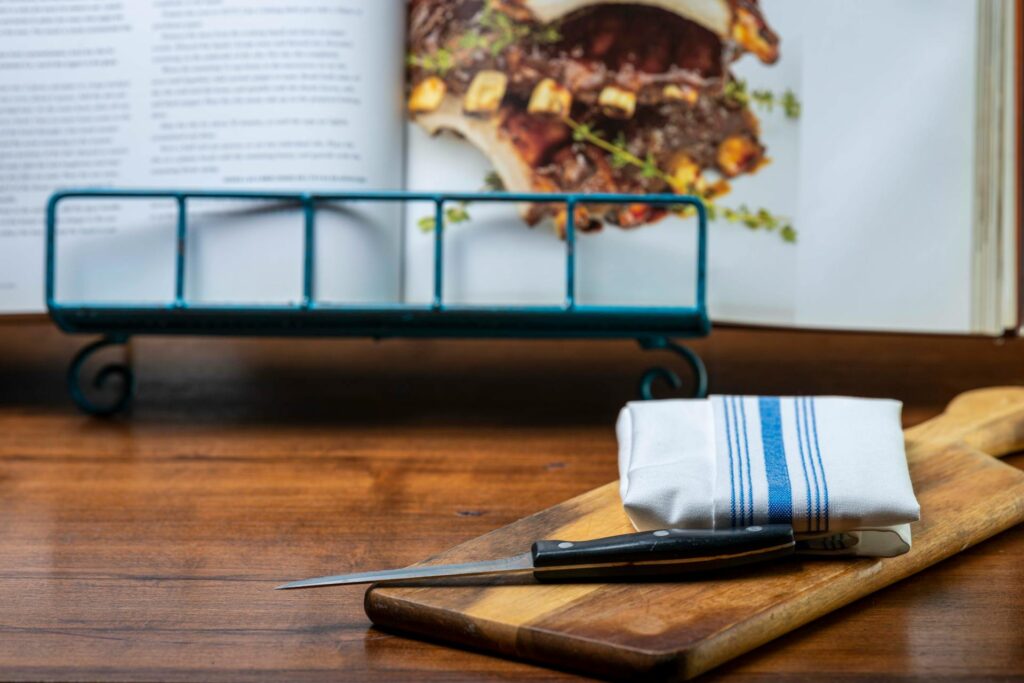Introduction
Welcome to the ultimate guide on mastering the art of cooking king crab! In this comprehensive article, we’ll explore everything you need to know about cooking this exquisite seafood delicacy. From understanding the different types of king crab to exploring various cooking techniques, we’ve got you covered.
Check out our King Crab: A Buyer’s Guide for more information and our King Crab Recipes for some great cooking options.
Types and Categories
Types of King Crab
- Alaskan King Crab: Renowned for its sweet, succulent meat, Alaskan king crab is the most sought-after variety.
- Blue King Crab: Found in colder waters, blue king crab boasts tender, flavorful meat with a hint of sweetness.
Categories of King Crab Meat
- Legs: The meaty legs of the king crab are prized for their sweet, tender flesh.
- Claws: The claws contain some of the most flavorful meat, perfect for indulging in a decadent seafood feast.
- Body: While not as meaty as the legs and claws, the body of the king crab still offers delicious morsels of meat.
Symptoms and Signs
Freshness Indicators
- Color: Look for vibrant, glossy shells with no discoloration.
- Texture: Fresh king crab should feel firm and springy to the touch.
- Smell: Avoid crab with a strong, fishy odor, as this could indicate spoilage.
Thawed vs. Fresh
- Thawed Crab: While convenient, thawed crab may lack the same freshness and flavor as fresh crab.
- Fresh Crab: Opt for fresh crab whenever possible for the best taste and texture.
Causes and Risk Factors
Environmental Factors
- Habitat: King crab thrive in cold, deep waters, such as those found in the Bering Sea.
- Climate Change: Environmental changes can impact king crab populations and their habitats.
Fishing Practices
- Overfishing: Unsustainable fishing practices can deplete king crab populations and harm the ecosystem.
- Bycatch: Bycatch of non-target species can have detrimental effects on marine biodiversity.
Diagnosis and Tests
Visual Inspection
- Shell Condition: Inspect the crab’s shell for any signs of damage or discoloration.
- Leg Integrity: Check that the legs are intact and free from any visible injuries.
Smell Test
- Freshness: Trust your sense of smell to detect any off-putting odors that may indicate spoilage.
- Sweetness: Fresh crab should have a sweet, oceanic aroma.
Treatment Options
Cooking Techniques
- Boiling: Submerge the crab legs in boiling water seasoned with salt and spices for a classic preparation.
- Steaming: Steaming preserves the natural flavors of the crab while ensuring tender, succulent meat.
- Grilling: Grilled king crab adds a smoky, charred flavor that complements the sweet, delicate meat.
Seasonings and Sauces
- Butter and Garlic: A simple yet indulgent combination that enhances the natural sweetness of the crab.
- Lemon and Herb Butter: Fresh herbs and citrus brighten up the crab’s flavor profile for a refreshing twist.
- Cajun Spice: Add a kick of heat with Cajun seasoning for a bold and flavorful experience.
- Old Bay: The classic go to flavor for many.
Preventive Measures
Sustainable Seafood Practices
- Choose Responsibly: Opt for sustainably sourced king crab to support ethical fishing practices and marine conservation.
- Check Labels: Look for certifications such as MSC or ASC to ensure your crab is sustainably harvested.
Proper Storage
- Refrigeration: Store fresh crab in the coldest part of your refrigerator and consume it within a few days.
- Freezing: Freeze crab for long-term storage by wrapping it tightly in plastic wrap and placing it in an airtight container.
Personal Stories or Case Studies
Chef’s Recommendations
- Chef John’s Tips: “For perfectly cooked crab legs, steam them for 6-8 minutes until they’re heated through but still tender.”
- Chef Emily’s Advice: “Try grilling king crab legs brushed with garlic herb butter for a mouthwatering seafood feast.”
Expert Insights
Marine Biologist’s Perspective
- Dr. Rebecca Wong: “Sustainable fishing practices are essential for the long-term health of king crab populations and marine ecosystems.”
Chef’s Recommendations
- Chef Gordon Ramsay: “The key to cooking king crab is simplicity. Let the natural flavors of the crab shine through with minimal seasoning.”
Conclusion
In conclusion, mastering the art of cooking king crab is a rewarding culinary journey. By understanding the different types of king crab, recognizing freshness indicators, and exploring various cooking techniques, you can elevate your seafood cooking skills to new heights. Remember to prioritize sustainability and ethical sourcing practices for a truly enjoyable dining experience.


Pingback: King Crab: Ultimate Buyer's Guide – Apex Fisherman